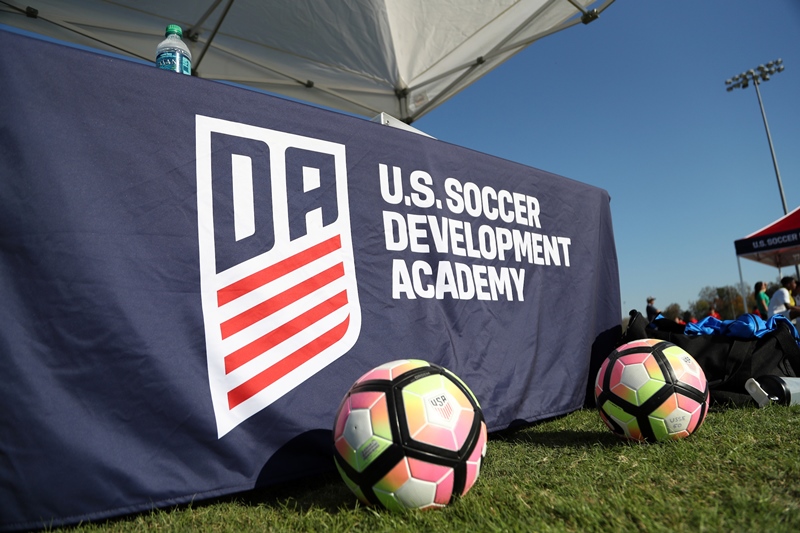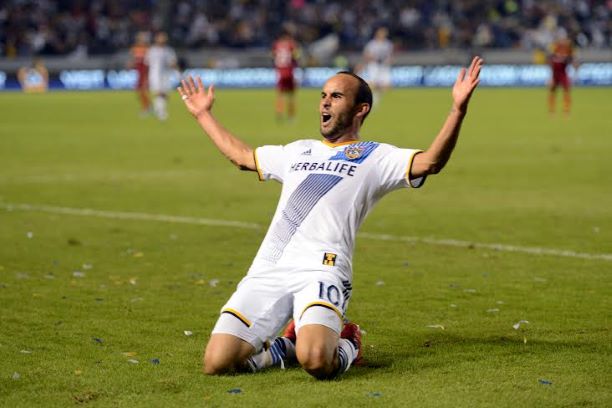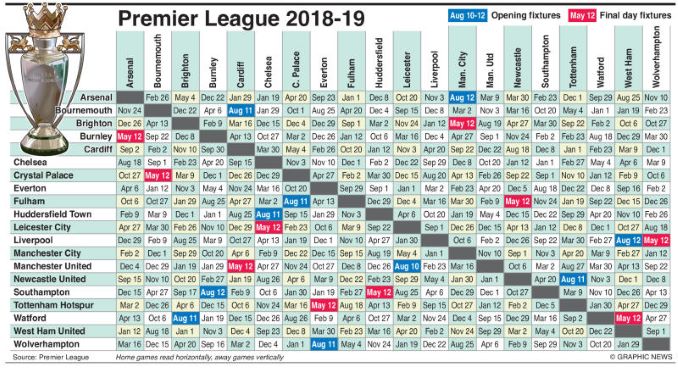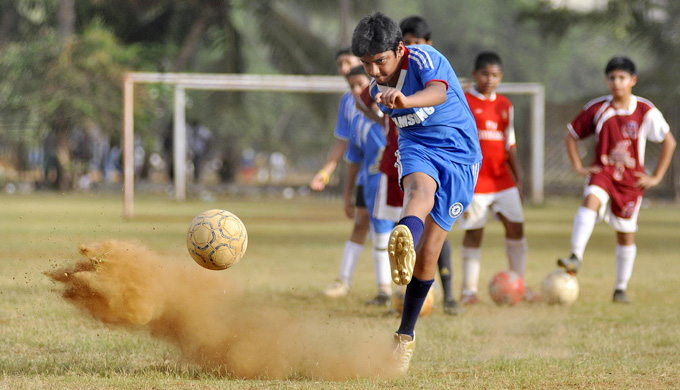Going Down: Modern Football’s Intangible Dilemma?
Going Down: Modern Football’s Intangible Dilemma?


The final of the 2010 World Cup. Your country has never won the tournament despite being universally acclaimed for a football philosophy that has developed over the course of time. Your side has knocked out heavy favorites Brazil in the quarters, and survived an absolute battle against Uruguay to make it to the final, and now you find yourself in a match that has been hard-fought to say the very least. Both teams have been flying in with increasingly violent tackles, and referee Howard Webb may develop arhtritis from all the names he has taken down. All of a sudden you’re free through on goal in the 83rd, and a horrible tackle which would easily result in a straight red for last man back is thrown in by Carles Puyol, who is already on a yellow for an enthusiastic tackle on you earlier. What do you do?
In the modern game, it is a rarity that a player faced with this outlook will not go down. Arjen Robben stayed up despite Puyol’s efforts, and averted another tackle from a chasing Gerard Pique before having Iker Casillas bravely save his effort. Diving has been labelled a scourge of our game for some time, but it seems there is some difference of opinion separating simulation and alerting the referee to a foul. When Jonny Heitinga pulled Andres Iniesta from behind in extra time, Iniesta went down, and Heitinga was sent off. Most would agree this was indeed quite worthy of a second yellow, and Webb’s decision to deem the incident a foul was correct. In his brilliant piece “Understanding Italian Football Part II,” Andrea Tallarita states that Italian sides often win the battles “at the margins rather than at the centre of the stage, in the nooks where the understanding of the game is blurred.”
Taking a dive or severely embellishing contact, like frequent simulators Cristiano Ronaldo, Sergio Busquets, and perhaps most famously stains on the very honor of the game like Alberto Gilardino’s dramatic tumble against Celtic in the Champions League a few years ago. But in Robben’s case, there was contact, enough for almost any other footballer to go down without being labelled a cheat. Many supporters, Dutch included, could label themselves as against simulation. However, many of these same fans would likely see no problem with Robben going down under Puyol’s vicious challenge, as it was clearly a foul. It is something of a moral gray area. Obviously, no one wants to see drawing fouls encouraged, as this itself is the basis for diving. The saying goes that “all good is hard, all evil is easy,” so what should one do when the chance is there to increase your chances of winning whilst avoiding football’s most popular dark art, simulation?
The stark fact is that, if a player does not go down, the foul will in all likelihood not be given. Webb waved played on because Robben didn’t fall under Puyol’s challenge, but even Pique’s less dangerous challenge could have been given as a spot kick by many referees if Robben went down. It is easy to blame the players for the rise in dives and simulation, but at the same time referees get a free pass for allowing it to happen. As the overseers of the match, they control the rules and practice for calling fouls, and players react to this. In England, a bad tackle might be seen as just hard-nosed or a little too energetic, perhaps not even worthy of a yellow card in the eyes of some officals, where the same challenge in Spain or Portugal could cause outrage. It may seem a bit odd, but by calling more fouls or simply playing advantage when the player isn’t brought to ground, players would feel less of a need to fall, and pull the usual tricks like raising the arms or the famous grabbing the ball trick, pressuring the referee to make a call. Where the rules end the blur begins.







